Elizabeth Moore Hall
Introduction
Author-Uploaded Audio
Listen to a narration of this entry's description by Pamela Curtin.
Text-to-speech Audio
Images
Elizabeth Moore Hall at West Virginia Univeristy

Swimming Class at Elizabeth Moore Hall, West Virginia University
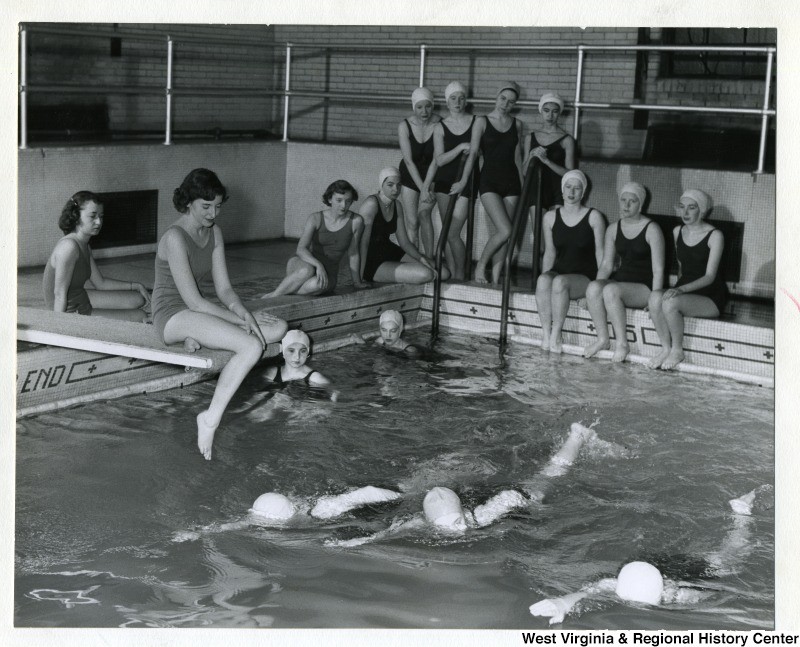
Elizabeth Moore, Morgantown, WV, circa 1875
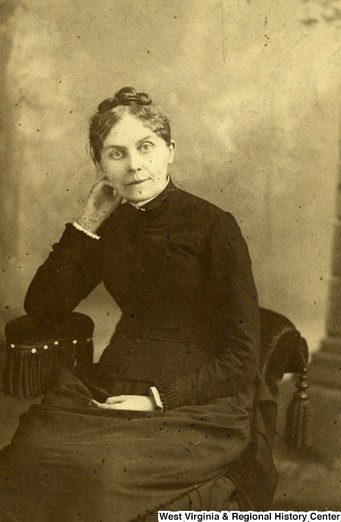
Woodburn Seminary, Morgantown, WV, 1865
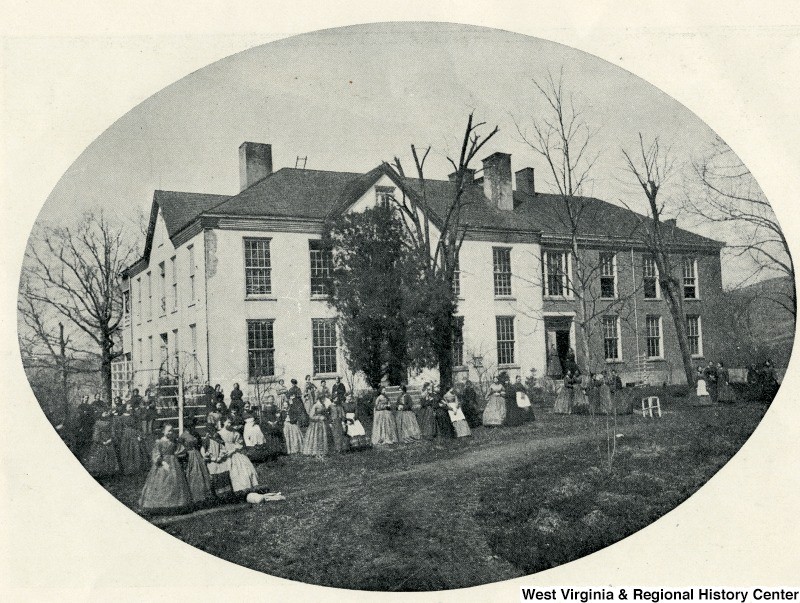
Students in the Front Room, Elizabeth Moore Hall, West Virginia University
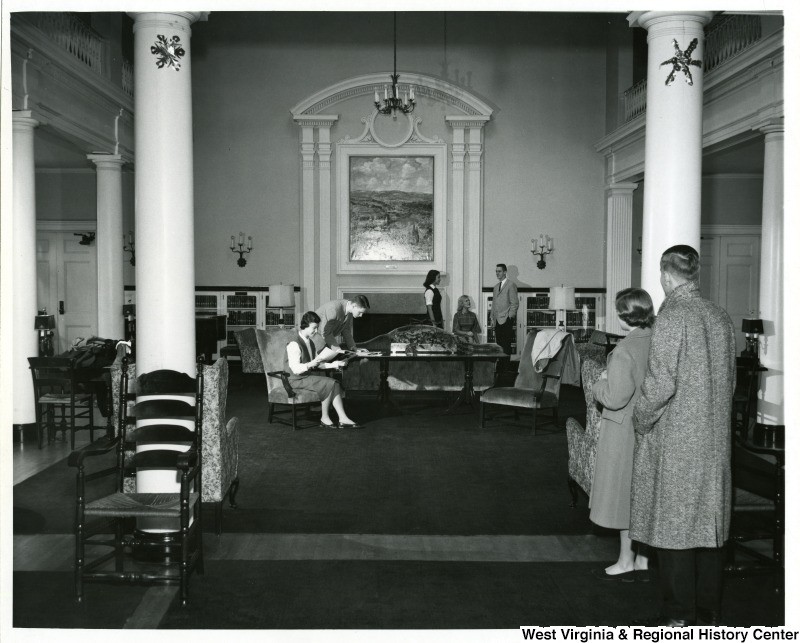
Elizabeth Moore Hall addition under construction
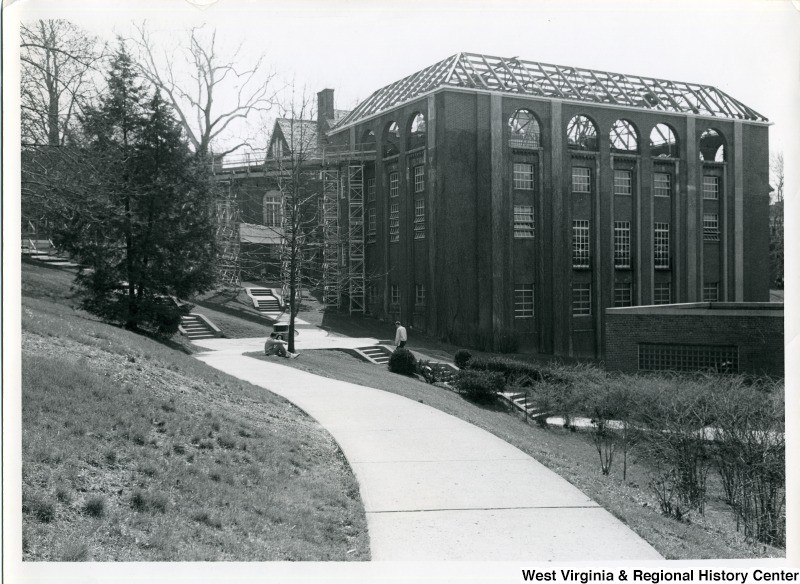
George Gardner Symon's "Flowing Outward and Beyond," oil on canvas, 1928, on display in the lobby of Elizabeth Moore Hall.
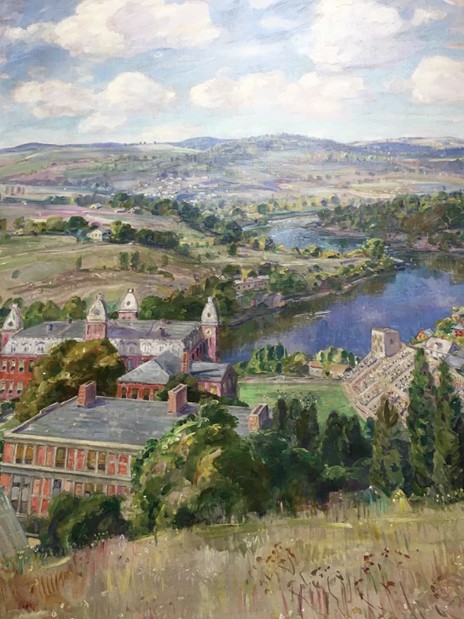
Dedication plaque for George Gardner Symon's "Flowing Outward and Beyond," on display in the lobby of Elizabeth Moore Hall
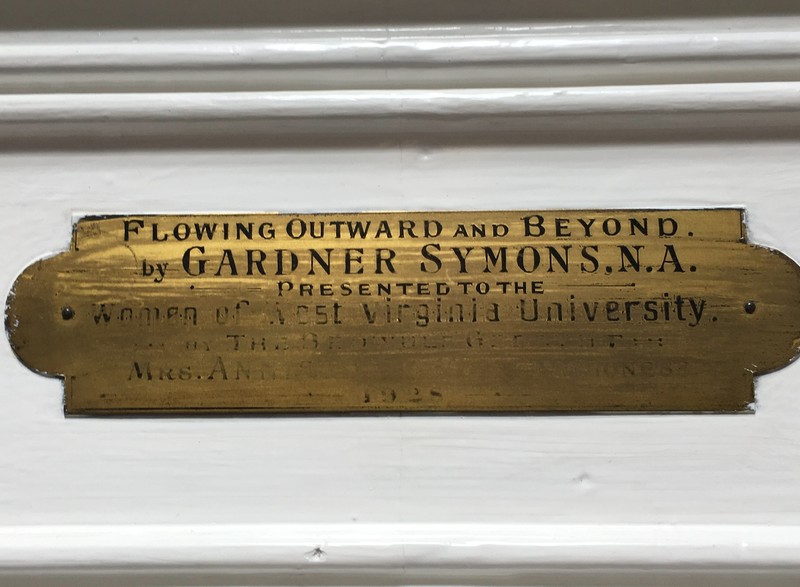
Backstory and Context
Author-Uploaded Audio
Listen to a narration of this entry's description by Pamela Curtin.
Text-to-speech Audio
Women were first admitted as degree candidates to the West Virginia University in 1889. The small minority of female students likely felt isolated and some of the earliest female alumna have remarked on the inhospitable response from some faculty and students. In response to this issue, the West Virginia Chapter of the American Association of University Women and local suffrage leader, Lenna Lowe Yost, campaigned for a university building for female students. In particular, they wanted a separate gymnasium for female students to fulfill their physical education requirements. When the building opened in 1928, it became a campus home for female students, fulfilling a longstanding need.
The building was named after an important figure in local education. Elizabeth Moore moved to Morgantown when her husband, Reverend John R. Moore was hired as the principal of Monongalia Academy in 1852. Although there was already a Morgantown Female Academy associated with Monongalia Academy, Elizabeth Moore and her husband felt inclined to improve local female education and established the Woodburn Female Seminary, which was incorporated in 1858. Reverend John Moore served as superintendent and Elizabeth Moore as principal and teacher. Three or four female teachers also worked at the seminary. During its eight years of operation, the Woodburn Female Seminary educated hundreds of local girls and women.1
Confederate troops occupied the seminary property in 1863, but did not damage the building. Elizabeth Moore sold the seminary to the Monongalia Academy after her husband died in 1864. The same year, both properties were donated to the state. The Woodburn Female Seminary was part of the real estate package that was selected by the state legislature as the location of West Virginia’s land-grant university. However, when the West Virginia Agricultural College (renamed West Virginia University) opened in 1867, female students, including those that had graduated from Woodburn Female Seminary, were not admitted. The seminary building was part of WVU’s campus for less than a decade as it burned down in 1873. In 1876, Woodburn Hall (previously known as New Hall/University Hall) was built on the site of the seminary.
On April 14, 1869, Elizabeth Moore opened the Morgantown Female Seminary on High Street in downtown Morgantown. She was the chief owner and principal. In 1884, a university committee inquired as to whether she would sell the university the building to be used as a female dormitory. The Morgantown Female Seminary burnt down in April 1889.
Elizabeth Moore Hall displays George Gardner Symon’s mural-sized oil on canvas painting "Flowing Outward and Beyond," which depicts WVU's campus and the beautiful scenery of the mountains and Monongahela River. Painted in 1928, Symon created this piece at the recommendation of Professor John Harrington Cox. Symons, widely known for his New England winter scenes, was a landscape painter that studied at Chicago Art Institute, as well as in Paris, Munich, and London. His work can be found in the Metropolitan Museum of Art and the Corcoran Gallery of Art.
Sources
1Callahan, James Morton. History of the Making of Morgantown West Virginia. Morgantown: West Virginia University Studies in History, 1926, 143.
Doherty, William T., Charles C. Wise, and Festus P. Summers. West Virginia University, Symbol of Unity in a Sectionalized State. Morgantown: West Virginia University Press, 2013.
Randall Gooden. "National Register of Historic Places Inventory Nomination Form: Elizabeth Moore Hall". July 1985. State of West Virginia, West Virginia Division of Culture and History website. Accessed February 4, 2017. http://www.wvculture.org/shpo/nr/pdf/monongalia/85003208.pdf.
Smyth, George A,. Ted McGee and James E. Harding. "National Register of Historic Places Inventory Nomination Form: Woodburn Circle". February 1974. State of West Virginia, West Virginia Division of Culture and History website. Accessed February 4, 2017. http://www.wvculture.org/shpo/nr/pdf/monongalia/74002014.pdf.
Photograph. "Morgantown Female Seminary, Morgantown, W. Va." West Virginia and Regional History Center History OnView Collection. Accessed February 4, 2017. http://wvhistoryonview.org/catalog/wvulibraries:14777.
West Virginia & Regional History Center
West Virginia & Regional History Center
West Virginia & Regional History Center
West Virginia & Regional History Center
West Virginia & Regional History Center
West Virginia & Regional History Center
